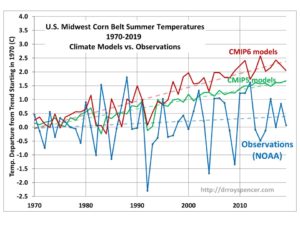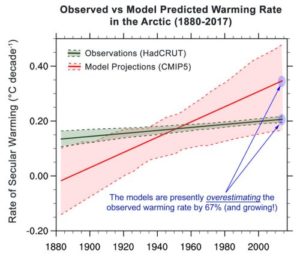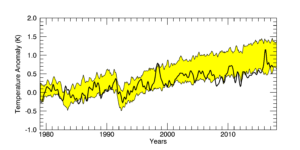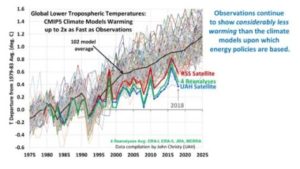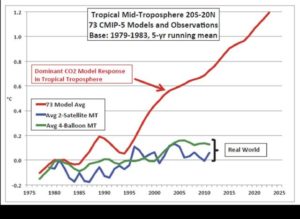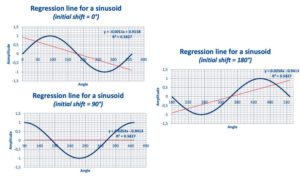by E. Worrall, August 21, 2020 in WUWT
Yale Climate Connections has listed 13 major climate reports published this year, like it is a good thing. But at least 6 of the major reports received funding from US taxpayers.
…
The reports listed by Yale:
State of the Climate 2019: Special Supplement to the Bulletin of the American Meteorological Society, edited by J. Blunden and D.S. Arndt (BAMS 2020, 435 pages, free download available here; a 10-page executive summary is also available) – paid for by taxpayers via NOAA
The First National Flood Risk Assessment: Defining America’s Growing Risk, by Flood Modelers (First Street Foundation 2020, 163 pages, free download available here) – not sure who pays for First Street Foundation
World Water Development Report 2020: Water and Climate Change, by UN Water (UN Educational, Scientific, and Cultural Organization 2020, 235 pages, free download available here) – paid for by taxpayers via the United Nations.
The State of Food Security and Nutrition in the World 2020: Transforming Food Systems for Affordable Healthy Diets, by FAO, IFAD, UNICEF, WFP and WHO (United Nations 2020, 320 pages, free download available here) – paid for by taxpayers via United Nations.
WHO Global Strategy on Health, Environment, and Climate Change: The Transformation Need to Improve Lives and Wellbeing through Healthy Environments, by WHO (UN-WHO 2020, 36 pages, free download available here) – paid for by taxpayers via United Nations
Cooling Emissions and Policy Synthesis Report: Benefits of Cooling Efficiency and the Kigali Amendment, by UNEP-IEA (UNEP and IEA 2020, 50 pages, free download available here) – paid for by taxpayers via the United Nations
The 2035 Report: Plummeting Solar, Wind, and Battery Costs Can Accelerate Our Clean Electricity Future, by Sonia Aggarwal and Mike O’Boyle (Goldman School of Public Policy 2020, 37 pages, free download available here) – Goldman school was started by a charitable donation, so may still be privately funded.
Addressing Climate as a Systemic Risk: A Call to Action for U.S. Financial Regulators, by Veena Ramani (Ceres 2020, 68 pages, free download available here, registration required). Not sure who paid. Ceres Foundation is a tax exempt group based in Switzerland, who appear to function as a meta charity – they provide a vehicle for people who want to create a charitable fund without having to set everything up themselves.
Gender, Climate & Security: Sustaining Inclusive Peace on the Frontlines of Climate Change, by UN Women (UN Environment & Development Programs 2020, 52 pages, free download available here) – paid for by taxpayers via the United Nations.
Evicted by Climate Change: Confronting the Gendered Impacts of Climate-Induced Displacement, by Care International (Care International 2020, 33 pages, free download available here) – Care International receives a lot of funding from taxpayers via the EU and the United Nations.
…


